Home » Buying and selling an apartment » Relocation program from dilapidated and dilapidated housing for 2020
The resettlement of emergency housing is a fairly popular problem. On the one hand, staying in a building that could collapse at any moment is not a good idea. On the other hand, what else to do if there is nowhere else to go? The state program for relocation from emergency housing allows people to receive apartments to replace those that may be destroyed.
New resettlement program for citizens
Almost every year, the resettlement program for residents of emergency buildings is extended for the next year. The current program in 2020 was designed until 2020, but towards the end of the period it became clear that it would not be possible to resettle everyone in the remaining time. As a result, changes were adopted, within which a new program began to operate in 2020.
It is almost identical to the previous one, except that new amendments have been adopted that will give displaced persons much more opportunities and will allow them to select exactly the kind of housing that is required.
Program conditions
Under the terms of the new state resettlement program, only residents of dilapidated houses will be resettled. Those people who live not in emergency but in dilapidated buildings cannot count on resettlement. But their reconstruction is quite possible. On the other hand, if the reconstruction is not carried out in a timely manner, sooner or later the house will still be recognized as unsafe with all the ensuing consequences.
Program conditions:
- Residents cannot be moved to communal apartments. Thus, even if a person previously lived in a communal apartment, after resettlement he will receive separate housing.
- A new apartment is issued in the same locality. In an ideal situation, if there is a choice, then preference is given to housing located in the same area where the emergency building is located. If this is not possible, or if residents have nothing against relocating somewhere further away, they may be offered apartments in other areas.
- At the request of the apartment owner, instead of new housing, he can receive compensation in the amount of the market value of the apartment in a dilapidated building. This is true if the owner physically lives in another city or another country. Also, those people who already have other housing usually insist on implementing this particular option.
- First of all, families who have no other real estate are resettled.
- If, according to the commission’s assessment, the house is considered extremely dangerous for residents (it may indeed fall apart in the coming days), all owners are relocated to temporary housing. As a rule, they are not comfortable and are intended only so that people can safely wait for the allocated apartments to be allocated to them.
- According to the terms of the program, at least 18 sq.m. must be allocated for each person in the family. Thus, even if the family previously lived in a small apartment, they will be allocated more suitable housing.
- Sometimes the area of apartments in which residents can be accommodated is larger than required. For each square meter exceeded you will have to pay extra.
- The new apartment should be equivalent to the previous one or, at a minimum, compensate for the shortcomings in another way. For example, if people previously lived in an ecologically clean area of the city, then they can be relocated closer to factories only on the condition that the residents agree to this and, at the same time, the area of the new apartment must be larger (compensation). However, this rule is often ignored and, as practice shows, they want to give people housing that either no one else needs or is simply unprofitable.
If you are not satisfied with the new apartment for very good reasons, you can safely go to court and demand to be provided not “just any kind”, but completely equivalent housing. Almost always the court sides with the plaintiff.
Changes in 2020
The government is considering the possibility of making changes to the program in 2020. It is expected that everything will work much more efficiently and people will be able to get new housing much faster. List of new features that are relevant from the second half of 2020:
- Restructuring at the expense of investors. Previously, this was impossible because there were no necessary regulatory laws. After the adoption of the changes, it is likely that residents will have the opportunity to attract special investors and developers to participate in this federal program, who will first ensure the demolition and then the construction of a new house on the site of the old one. During construction work, owners will be provided with temporary housing. It is not entirely clear what the benefits will be for developers, but it is quite possible that they will be financed by the state. As practice proves, building a house as a whole is cheaper than allocating individual apartments.
- A regional targeted program will be introduced, within the framework of which housing will be allocated not only from the federal budget, but also from regional funds. Presumably this will reduce costs and enable local regions to decide how best to act in a given situation. For example, if there are many new buildings in the region, but few buyers for apartments, then perhaps people will be moved into them. And if there are few new buildings and vacant housing, then the option of building new houses will look more interesting.
- In addition to resettlement and redemption under a targeted program, it is also planned to implement a special social mortgage system. This is especially true for those owners who apply for housing with an additional payment, but do not have the necessary savings. Now they are forced to turn to the bank for a regular mortgage, which implies an increased overpayment. Presumably, the social mortgage rate will vary between 5-6% per annum.
It is not entirely clear how the resettlement of citizens in rural areas will be carried out. Most likely, residents of such emergency premises will be relocated to the nearest large populated area.
The Housing program and all its features.
First of all, let's consider the question of who can become a full participant in the program, since this is one of the primary points. In that case. If the residents are suspicious. If the technical condition of their home does not meet all requirements and standards and is completely unsuitable for living, then they need to contact local authorities. After this, the authorities must be obliged to refer residents to a specialized organization to determine and establish the condition of the house. As soon as the conclusion is in the hands of the residents, they must go and contact the interdepartmental commission. But for such an application it is necessary to collect and submit a package of necessary documents in advance. What does it include?
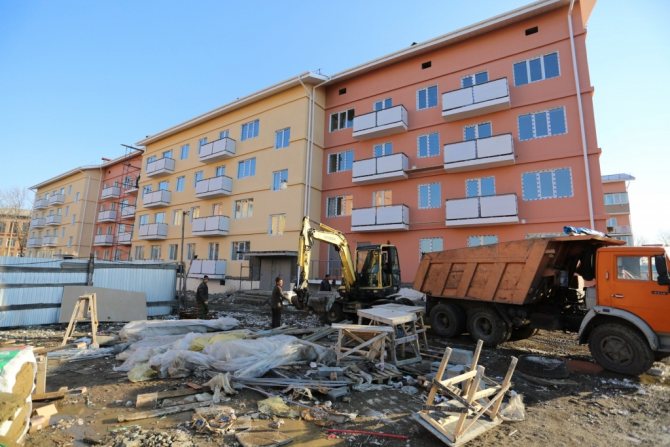
- Living space plan.
- A copy of title documents, which must only be notarized.
- Technical passport of the object.
- The organization's conclusion about the condition of the object.
- Written complaints from residents.
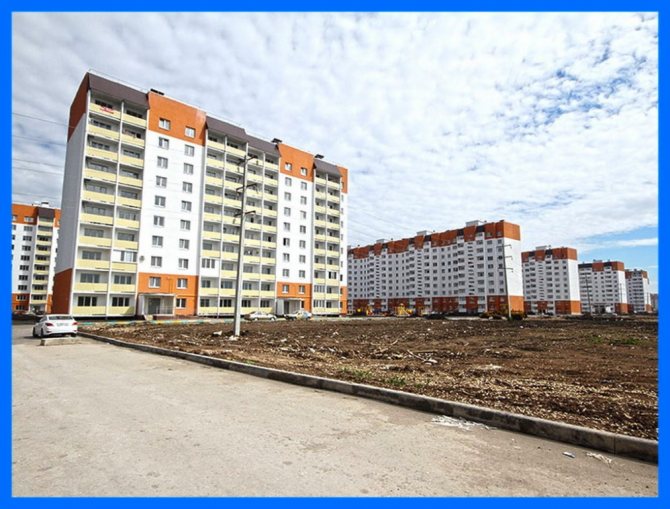
Although, if there is a danger and a threat to the health of the owners’ lives, the commission is obliged to issue a conclusion within 1 calendar day. If the commission does not recognize the housing as unsafe, then residents can appeal the decision by filing a request and application to the court to attract independent experts. Another very important and significant point is compliance with and knowledge of all the conditions for obtaining new housing under the new program. According to the existing law, the following conditions must be met during the resettlement process. What is it about?
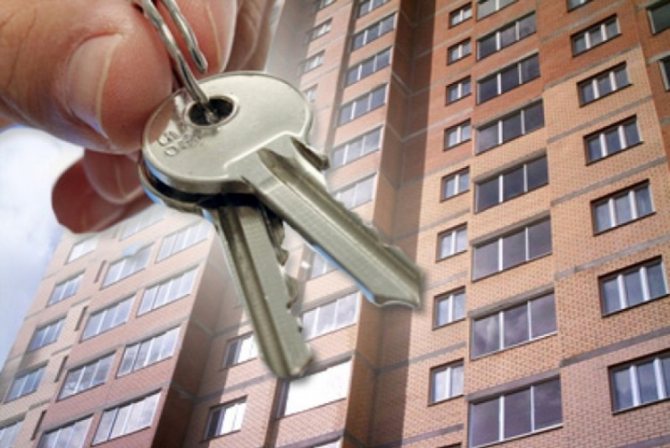
- Firstly, owners (tenants) of emergency housing receive housing of equal size. New housing must be comfortable and equipped with a stove, plumbing, heating, sewerage, running water, and electricity.
- Secondly, residents are given three options for relocation, but the individual wishes of citizens are not taken into account.
- Thirdly, residents living in an emergency facility under a rental agreement receive new housing under the same conditions.
- Fourthly, the square footage of new housing is calculated based on current standards for housing provided on social rent. For example, a family consisting of two people will receive a one-room apartment with an area of 44-50 square meters. meters. A family of three will receive an apartment measuring 62-74 square meters. meters. According to the standards, at least 18 square meters are allocated for each registered person. meters.
- Fifthly, if a resident of a dilapidated building was also in line to improve their living conditions, then upon resettlement he will receive an apartment taking into account the missing meters. In special cases (for example, the local housing stock does not have apartments of the required size), an additional apartment is allocated.
- Sixthly, during resettlement, citizens cannot move into communal apartments.
- Seventh, new housing must be located in the same administrative district as the emergency facility. But with the consent of the residents, they can be relocated to other areas.
- Eighth, resettlement is carried out only with a written application from the owner.
- Ninth, the resettlement of all residents is carried out within a year from the date the house is declared unsafe.
- Tenth, a detailed agreement is drawn up between the owner of the future apartment and the owner of the house. As a rule, the owner of the house is the municipality.
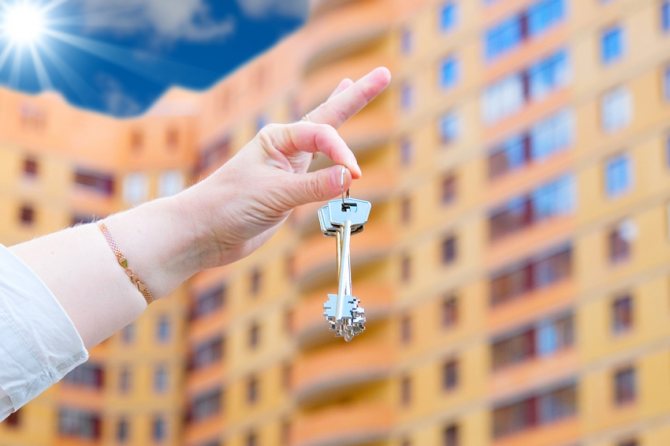

And this is only a small part of the main points of the new program, which all those who are going to use it should definitely know about.
- In contact with
Dilapidated or emergency housing: how is it defined?
Relocation is only relevant for emergency housing. Such premises mean any buildings that are worn out by 75% or more. There must be damage to structural elements, some communications may be cut off, there is an increased likelihood of collapse due to natural or man-made reasons, and so on. Such buildings usually cannot be restored.
Dilapidated housing is objects whose wear varies from 40 to 75%. The liquidation of such buildings is usually considered inappropriate. Homes are renovated and restored to an acceptable standard as much as possible. It is logical that resettlement from such houses is not carried out.
How to become a participant in the program
Both the owner of the apartment and its tenant can become a participant in the resettlement program. In the latter case, the tenant will have to deal with this issue in close cooperation with the owner.
Procedure
- Compose and submit an application for a home inspection regarding its unsafe condition. Alternatively, you can simply wait until the house is inspected, but this may be too long.
- Wait for the commission's verification.
- Get the test result.
- Based on the result obtained, decide which option suits the owner more: compensation or relocation.
- Move to temporary housing or a new apartment/receive compensation. It should be borne in mind that resettlement is also carried out in order of priority and, first of all, those persons who do not have other housing and live in houses with the highest degree of disrepair are resettled.
Documentation
Considering the fact that this program is gradually changing from federal to regional, the specific list of required papers may differ depending on the region of residence. A sample list might look like this:
- Passports of all owners of the apartment and persons registered in it.
- Consent of all residents to relocate or receive compensation.
- An extract from the house book/passport office about the composition of the family and persons registered in the apartment.
- An extract from the Unified State Register of Real Estate, which shows the current owner of the property.
- Legal documents.
Expenses
In addition to a possible surcharge for square meters exceeding the established level, apartment owners incur only one type of expense: payment for notary services for certifying the consents of all apartment residents. Also, if the case comes to trial, a housing assessment may be required, which costs about 5 thousand rubles or more.
Deadlines
If the house is classified as extremely unsafe housing and the owner of the apartment has no other housing, most likely he will receive a new apartment approximately within the first month after the house is declared unsafe. In all other cases, the terms can stretch for several months, or even years.
Residents of communal apartments will receive separate apartments under the relocation program
Great joy for all residents of communal premises in emergency five-story buildings - now each of them will receive their own housing in a modern building.
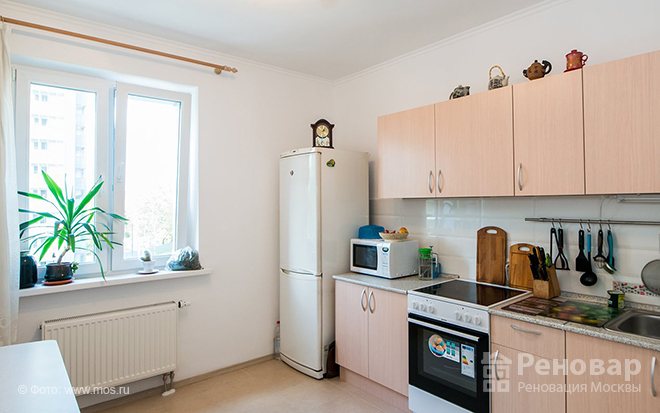
There are some nuances here:
- if a citizen is the sole owner of a room in communal housing, he will be provided with a new area for individual use;
- if the premises belonged to several persons on the right of shared ownership, then they will be given a modern separate living space on the same basis - as shared ownership.
At the same time, it does not matter what size the room was - 9 or, for example, 20 square meters. The program for the renovation of communal apartments says: the owner of the property will be offered a one-room apartment, two-room apartment or three-room apartment, depending on the size of the family.
Increasing the living space at the personal request of the owner is permissible if the resident contributes his own funds - for this they even offer to take out a preferential loan when the active resettlement of communal apartments in Moscow begins.
Under what conditions can owners refuse to participate in the program?
The only adequate basis for refusal may be the provision of unequal housing. This point can be challenged in court. In any other situation, government agencies are literally obliged to take care of the safety of citizens. Even if the latter don’t really want it. In the most extreme case, they can even go to court with a demand to force the residents of the dilapidated building to leave their apartments and get other housing.
When implementing the program for relocation from emergency housing in 2020, various problems may arise, which are almost impossible to cope with without outside help. Experienced lawyers can provide this assistance. At a free consultation, they will talk about the main points that need to be taken into account. Also, specialists are ready to offer their services when accompanying the resettlement procedure and even, if necessary, when representing the client’s interests in court.
FREE CONSULTATIONS are available for you! If you want to solve exactly your problem, then
:
- describe your situation to a lawyer in an online chat;
- write a question in the form below;
- call Moscow and Moscow region
- call St. Petersburg and region
Save or share the link on social networks
(
1 ratings, average: 5.00 out of 5)
Author of the article
Natalya Fomicheva
Website expert lawyer. 10 years of experience. Inheritance matters. Family disputes. Housing and land law.
Ask a question Author's rating
Articles written
513
- FREE for a lawyer!
Write your question, our lawyer will prepare an answer for FREE and call you back in 5 minutes.
By submitting data you agree to the Consent to PD processing, PD Processing Policy and User Agreement
Useful information on the topic

14
State duty when buying or selling an apartment
Concluding a transaction for the purchase and sale of an apartment is not only about paying the cost...

10
Deposit, deposit when buying an apartment
Buying an apartment can be a complex and multi-step procedure. The buyer wants...

Is it possible to check out of an apartment to nowhere?
Checking out of an apartment is a relatively simple procedure, but it has...

2
Buying an apartment in marriage for one of the spouses
A significant part of people purchase real estate after they enter...

17
What to do and how to restore an apartment purchase and sale agreement if lost
If the purchase and sale agreement for an apartment is lost, you must act immediately to…

2
What is better and more profitable: a loan or a mortgage for buying an apartment?
Buying an apartment is a responsible step. Often the future owner does not have...






